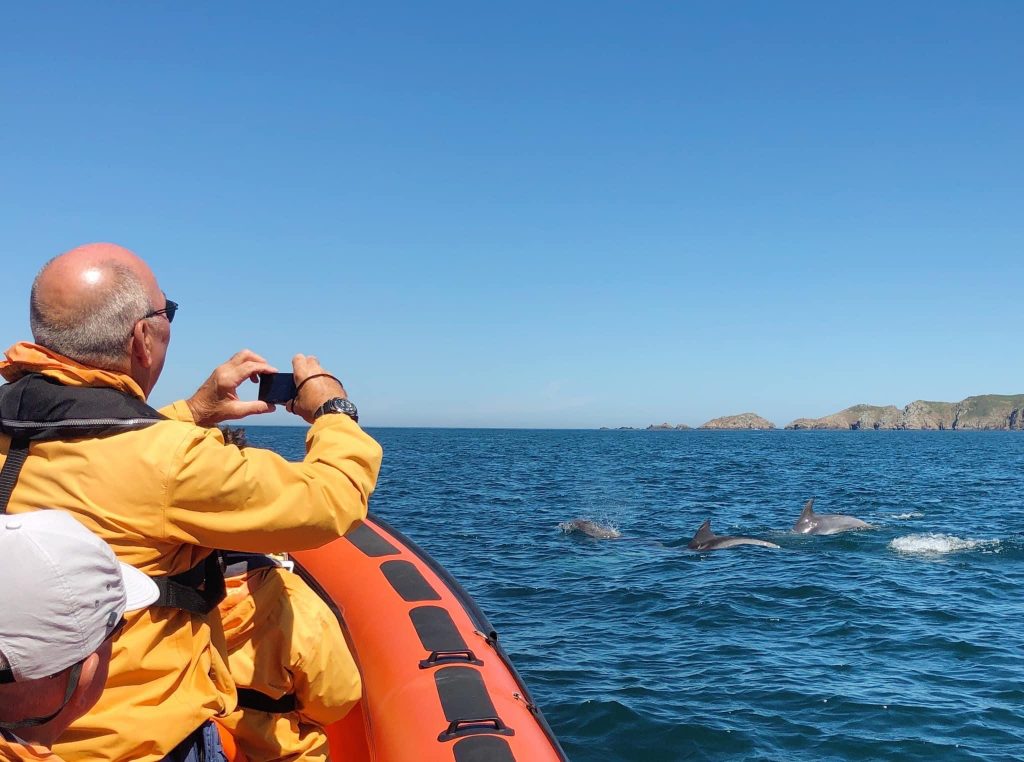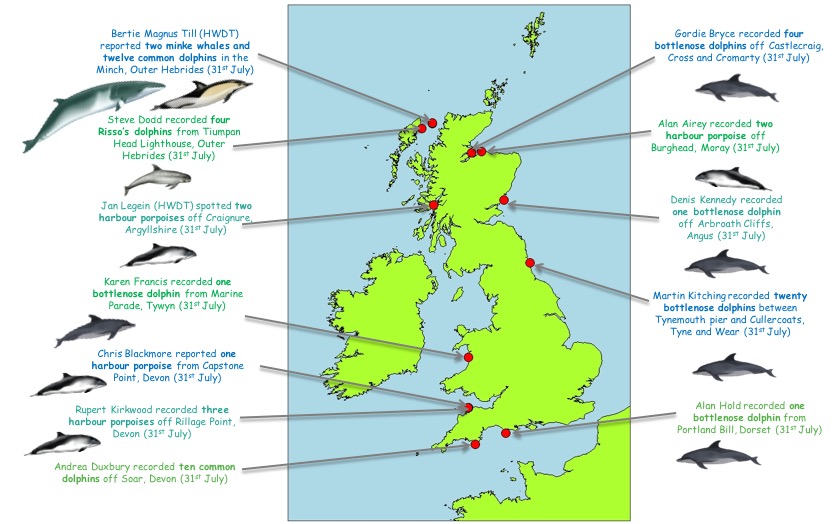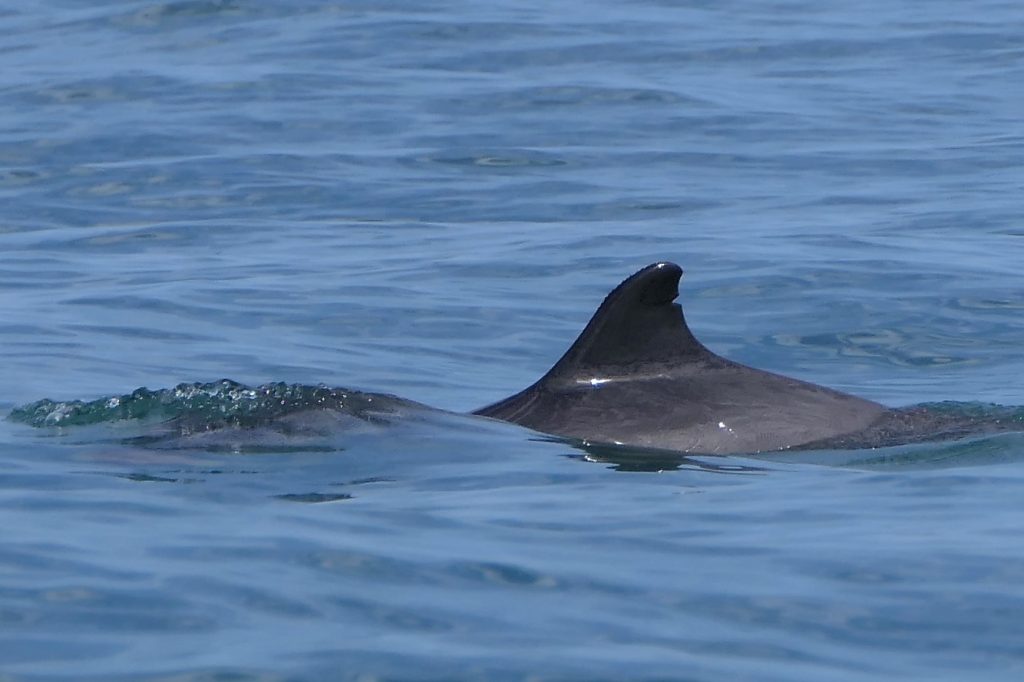Welcome to Day 7 of the National Whale and Dolphin Watch! There have now been 392 sightings reported during the week, and over 1,000 sightings for the month of July. This is a fantastic result thanks to the dedicated community of Sea Watch volunteers.
We’re headed into the weekend now, which means only two days left of the NWDW. There is still time to conduct a watch and be entered into the competition. Remember to submit your recording forms by midnight on the 15th August for a chance to win. Find out more information on the Competition page.

My Watch
I returned to Wembury today and watched over Wembury Bay and Connor’s Cove. The weather was good this morning, but thick sea mist rolled in very quickly, so visibility deteriorated fast. No signs of cetaceans from me, but there have been dolphins spotted further east today! Take a look below.
Your Watches
There have been 59 watches today; 32 in England, 18 in Scotland, 7 in Wales and 2 in the Channel Islands. Weather deteriorated throughout the day across the UK, but some were able to catch the early sunshine and conduct very successful watches!
Andrea Duxbury had a wonderful encounter with a small group of common dolphins off Soar, South Devon. Ten individuals were seen swimming alongside and underneath their boat, including one calf. You can watch a video of their encounter below – I think I would have been just as excited! Thank you for sharing this delightful recording, Andrea.
Exciting encounter with ten common dolphins off Soar, South Devon – 31st July © Andrea Duxbury
Other sightings from today include minke whales and Risso’s dolphins in the Outer Hebrides, and bottlenose dolphins continue to be sighted along the North East coast and further south in Dorset, too.

Take a look at today’s map below:

Don’t forget to check the NWDW Sightings Data page for the latest news and find out what’s been spotted in your local region.
Please continue to send in photos and videos of your marine life encounters to formsswf@gmail.com.
You can find free downloadable guides on UK whale and dolphin species on the Species Identification page. The harbour porpoise can be distinguished from the various dolphin species not only by its smaller size (~ 4ft total length compared with 6-12ft in the case of dolphins), but also by its small triangular dorsal fin compared to the curved fins we see in dolphin species.

Photos like the one above are perfect not only for identifying the species, but also for identifying individual animals by their unique markings, such as notches on the dorsal fin. This information can be used to track an individual’s movements and detect changes in a species range. To find out more about how your sightings data might be used, head to the Analysis of Sightings Data page.
Well done to everybody who has been out today. I hope you all have a great weekend of cetacean spotting ahead of you!
Jasmin
Sea Watch Research Intern
NWDW Feature Blogger
























